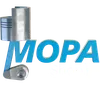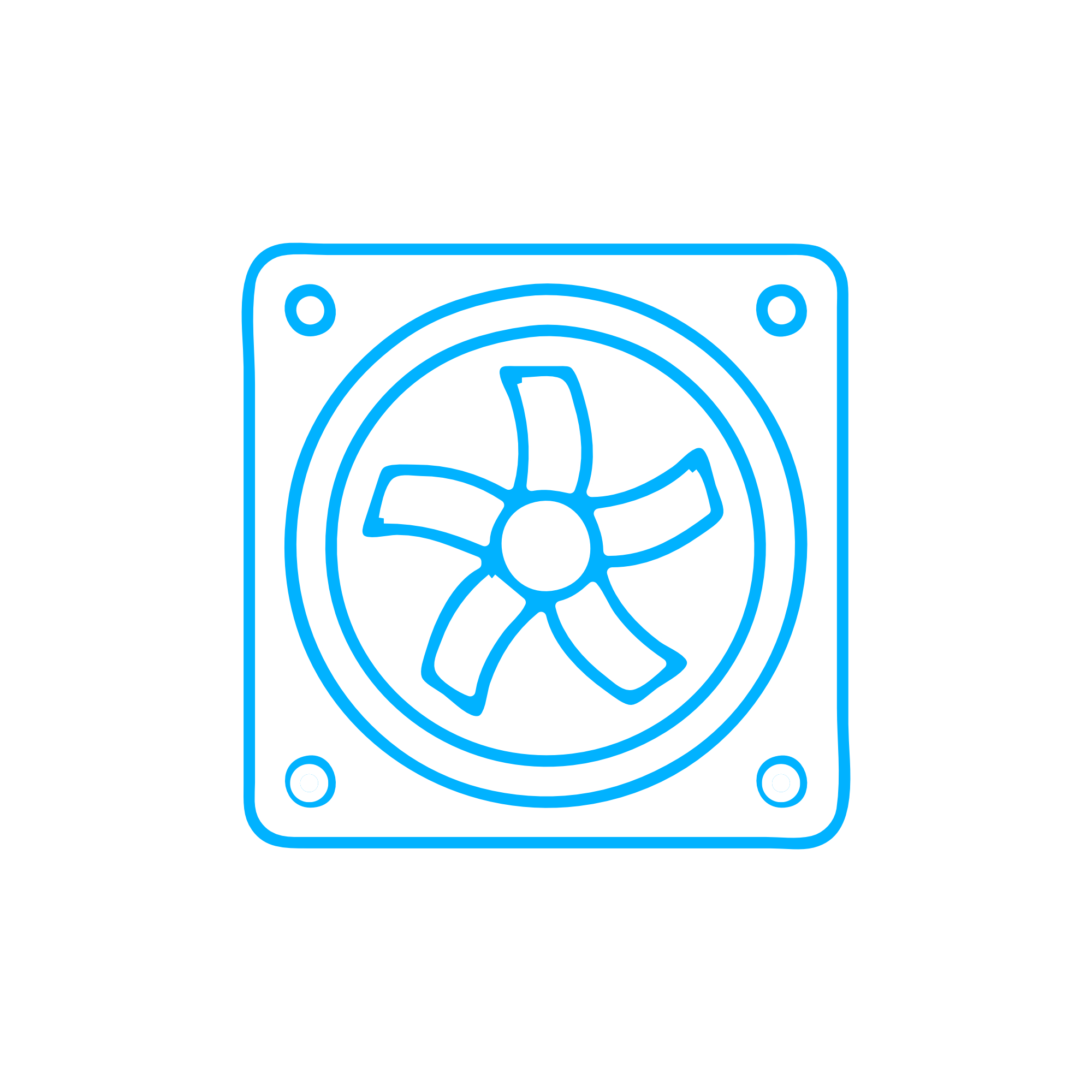BLEEDER HOUSING Fan solutions for diesel and marine engine cooling
The Fan is a core component of engine cooling systems, responsible for moving large volumes of air across radiators, charge air coolers, and heat exchangers. In diesel and marine engine applications, the Fan stabilizes operating temperature, protects critical components from heat stress, and supports consistent power delivery. Whether axial or centrifugal, mechanically driven or electric, a correctly specified Fan ensures the engine’s thermal balance under variable loads and ambient conditions. In engine rooms with restricted airflow and high heat density, an optimized Fan package can be the difference between stable operation and costly unplanned downtime.
Beyond cooling, the Fan assists in maintaining safe engine-room conditions by controlling heat build-up around alternators, control panels, and fuel systems. It also helps charge air cooling circuits maintain target intake temperatures, which directly influences combustion efficiency, emissions behavior, and component life. This makes the Fan a strategic part of performance management for fleets, power plants, and industrial sites.
Technical function of the Fan in a marine engine and diesel engine — BLEEDER HOUSING interfaces
In a diesel engine cooling circuit, the Fan draws air through the radiator core or across a jacket water cooler and oil cooler. The resulting pressure differential drives convective heat transfer, keeping coolant and lube oil at their setpoints. In a marine engine installation, Fans often work in combination with ducting, shrouds, and baffles to overcome constraints imposed by engine-room geometry. Correct Fan diameter, blade pitch, and rotational speed are matched to the required airflow (m³/h or CFM) and static pressure to prevent recirculation and hot spots.
The Fan’s hub, blades, and shroud geometry determine efficiency and noise. Materials range from reinforced polymers to aluminum and coated steel, chosen for corrosion resistance in saline atmospheres and for dimensional stability at elevated temperatures. Drive concepts include belt-driven Fans, viscous clutches that modulate speed by temperature, and high-torque electric Fans for variable-speed control. Proper balancing (e.g., ISO G6.3 or better) limits vibration, protecting bearings, radiators, brackets, and nearby components.
While the Fan is primarily an air-movement device, it often shares mounting, airflow paths, or service access with adjacent assemblies, including a BLEEDER HOUSING in a diesel engine module or BLEEDER HOUSING marine engine fuel conditioning unit. Coordinating Fan airflow with these neighboring systems prevents heat soak, vapor lock, and localized thermal stresses. When specifying or replacing a Fan, many operators also review related components and BLEEDER HOUSING OEM parts to ensure harmonized performance across the engine package.
- · High airflow with optimized static pressure capability
- · Robust materials for heat and corrosion resistance
- · Precision-balanced rotor for low vibration
- · Shroud and duct synergy to prevent recirculation
- · Speed control via viscous clutch or electric drive
- · Fit-up tailored to radiator, heat exchanger, and engine frame
Importance of the Fan for reliability and service life
Thermal control is central to engine longevity. A Fan that delivers the specified airflow ensures coolant temperatures remain within design limits, preventing head gasket failures, cylinder liner scuffing, and oil degradation. Stable charge air temperatures maintain combustion efficiency and curb detonation risk in gas engines, while minimizing NOx and soot formation in diesel engines.
Conversely, a worn, cracked, or imbalanced Fan can reduce cooling capacity, elevate noise and vibration, and load bearings and mounts. Common failure modes include blade erosion, hub fatigue, loose rivets or bonding deterioration, and clutch slippage. These issues lead to overheating alarms, derating, and—in extreme cases—thermal shutdowns. In marine environments, salt-laden air accelerates corrosion, so protective coatings and correct material selection are essential. If airflow is inadequate, adjacent modules can also be affected: sensors drift with heat, hoses age prematurely, and even a nearby BLEEDER HOUSING diesel engine assembly may experience elevated temperatures that complicate maintenance.
Advantages of OEM spare parts suitable for Fan — performance, reliability, and budget
Using OEM spare parts suitable for the Fan preserves engineered airflow and structural integrity. Blade profiles, pitch angles, and hub geometries are manufactured to tight tolerances, ensuring the Fan achieves the designed CFM at the target static pressure. This protects thermal margins and maintains efficiency under load steps and high ambient conditions.
OEM spare parts suitable for Fans also help control lifecycle costs. Consistent fit and alignment reduce installation time, mitigate rework, and protect ancillary components such as radiators, brackets, and clutches. Materials and coatings are validated for heat, oil mist, and saline air, extending service intervals and reducing the likelihood of vibration-related failures. For complex engine rooms—especially in vessels—compatibility with ducts, shrouds, guards, and even neighboring items like a BLEEDER HOUSING marine engine unit is critical to avoid airflow losses and hot spots.
When ordering, operators often pair a Fan with complementary items—shrouds, viscous clutches, guards, and fasteners—plus selective BLEEDER HOUSING OEM parts if service tasks are planned concurrently. This coordinated approach stabilizes performance, shortens downtime, and helps maintain the intended thermal balance across the entire package.
Key benefits of OEM spare parts suitable for Fans
- · Preserved airflow and pressure performance as engineered
- · Reliable fit-up that protects mounts, bearings, and coolers
- · Durable materials and coatings for harsh engine-room environments
- · Lower vibration, less noise, and longer service life
- · Predictable maintenance planning and minimized downtime
- · Compatibility with ducts, shrouds, and adjacent systems
MOPA — fast, secure sourcing of OEM parts for Fan and BLEEDER HOUSING
MOPA is an experienced and reliable partner for OEM spare parts suitable for the Fan category. We supply components for diesel and gas engines with a focus on speed, quality, and security in every transaction. Our team helps match Fans to radiator cores, duty cycles, and installation constraints, ensuring you receive the correct dimensions, materials, and performance profile for your engine.
Whether you operate a fleet of vessels, a power plant, or industrial generators, MOPA streamlines the procurement of Fans, shrouds, clutches, guards, and related items. When required, we also coordinate BLEEDER HOUSING OEM parts within the same delivery to support comprehensive maintenance windows. With responsive logistics and technical support, we help reduce downtime and keep your engines within their thermal design envelope.
Conclusion — Fan and BLEEDER HOUSING considerations in engine performance
The Fan is indispensable for controlling engine temperature, protecting components, and sustaining efficiency in diesel and marine engines. Correct specification and high-quality OEM spare parts suitable for Fans preserve airflow, reduce vibration, and extend service life across the cooling system.
Partnering with MOPA for the Fan category—and coordinating related needs such as BLEEDER HOUSING diesel engine or marine engine items—delivers performance, reliability, and cost control from a single, trusted source.

